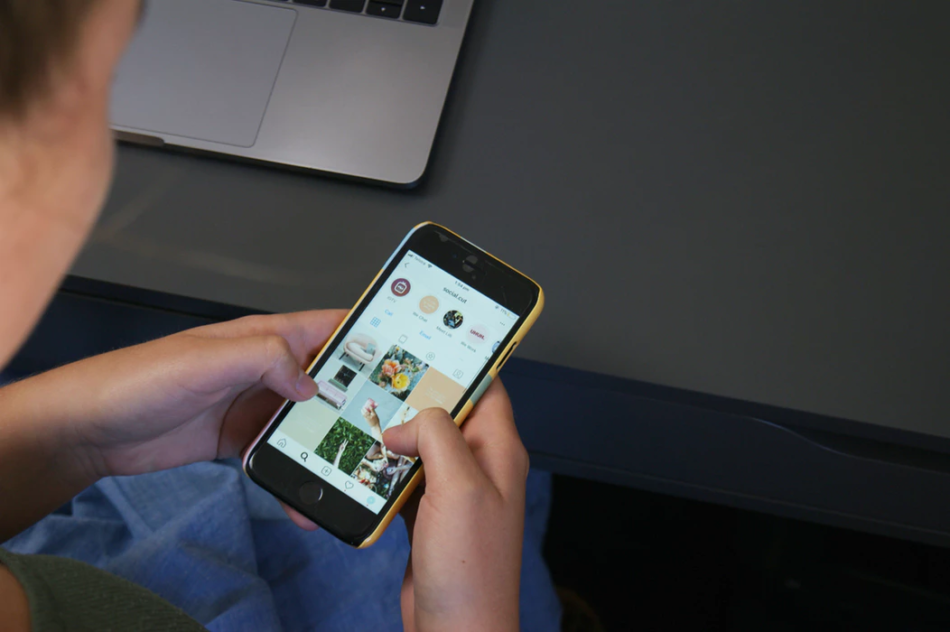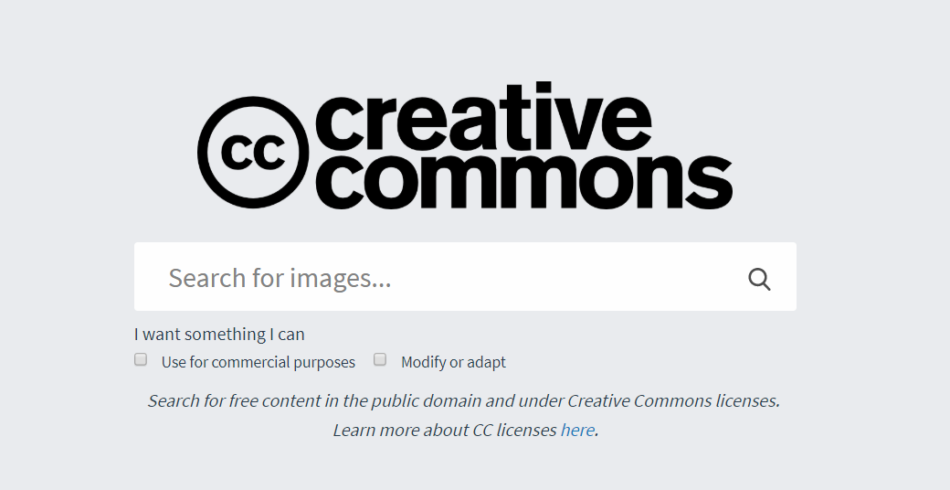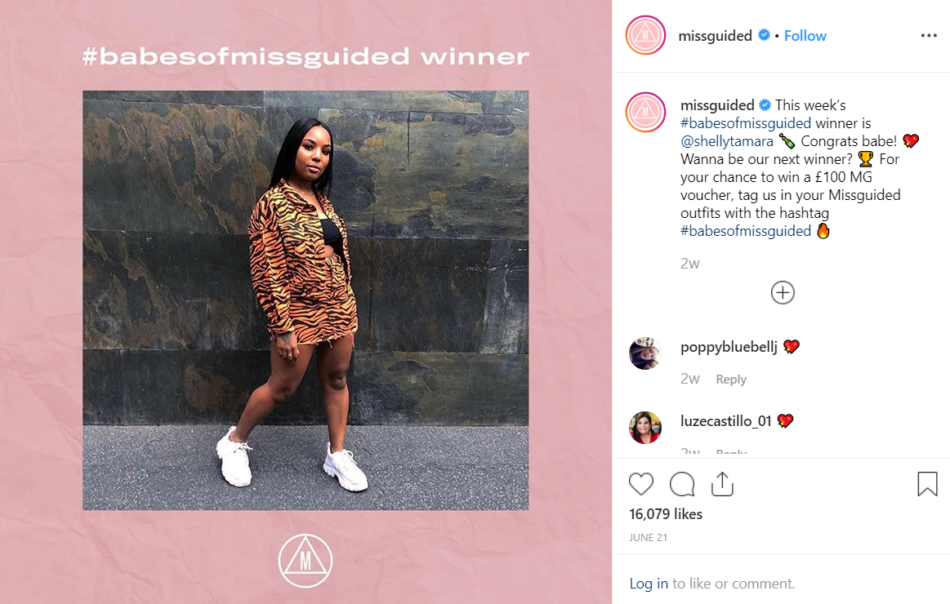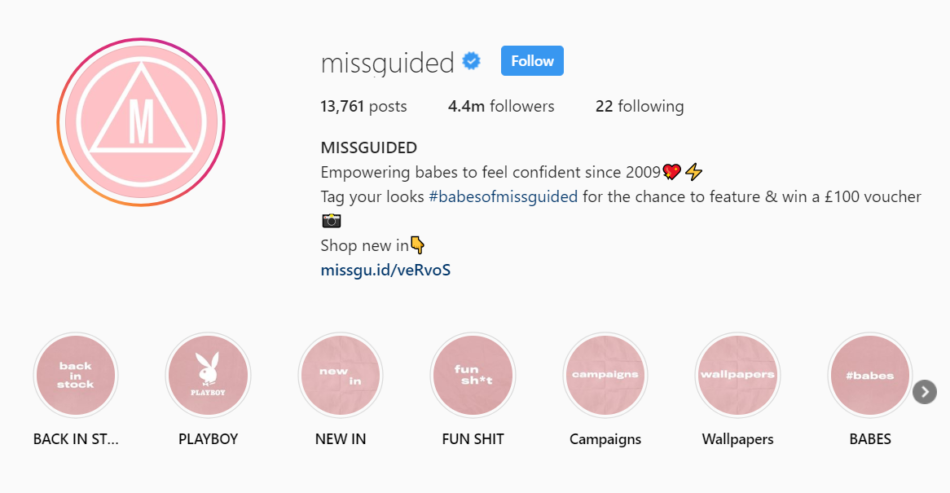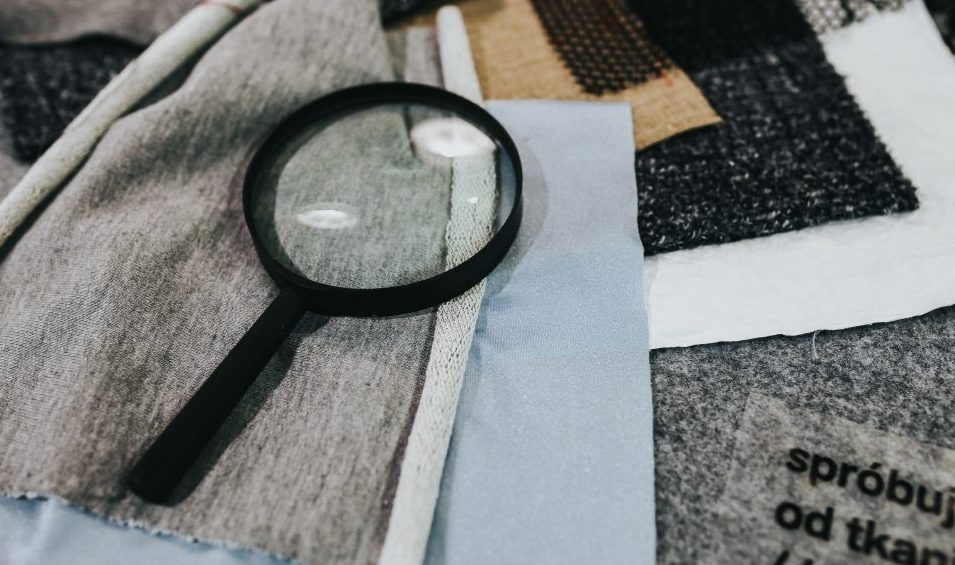Being able to distribute marketing content now requires careful consideration of Copyright and Fair Use laws. Does your post include online images protected by copyright? Where was this image uploaded? Finally, do you have the right to upload their image again, and under what conditions?
Visuals matter
Marketers and content creators know that having a block of text is just a sight for sore eyes. We’re aware that having media included on our profiles is great for maintaining your readers’ attention, whether it’s in the form of a gif, pictures, videos, or infographics. If your visual content is especially engaging or attention-grabbing, you might even be able to increase sales.
Although videos can really push for more reach, they’re definitely more effortful to create than static images. In fact, 32% of marketers in 2019 agreed that images are the most important type of content for their business. According to BuzzSumo, including an image in your post on Facebook can get you 2.3 times more engagement. In comparison to a plain text tweet, tweeting with an image on Twitter generates 150% more retweets.
You can’t just upload media haphazardly, though. You have to follow the rules for legal and financial reasons, as well as to show respect. Certain artists could completely disagree with what you stand for, so it is best not to disrespect their work or them in this way.
There were several cases where politicians used an artist’s music without their permission. Ultimately, this behavior led to many angry cease-and-desist letters, followed by community disapproval and hefty financial fees. More recently, Ulta attempted to sell a new product using the likeness of Frida Kahlo (who is known by her fans as being against consumerism and would not have appreciated her image being used in this way). Long story short, don’t assume you can read the author’s/artist’s mind, contact them beforehand if you can.
Now, back to image use in a business setting.
Copyright definition
Let’s get one thing out of the way. We’re aware that you probably have clients that live all around the world, or maybe you just live in a region with completely different regulations than the ones we are used to here at Sotrender. That’s why we’ve gathered information about copyright and fair use from official European Union websites as well as legal sites and universities from the United States.
So then, how is copyright defined? Copyright is a type of intellectual property law that safeguards one’s authorship. On the other hand, a trademark protects the originality or uniqueness of things such as phrases, symbols, and designs. Just keep that in mind because it can get confusing when you start filling out registration or licensing papers.
From the moment you create a piece of art (including architecture and software), this is considered to be your intellectual property, and intellectual property is under copyright protection. In the EU, however, this includes scientific work as well. Your work is protected regardless of the art’s published or unpublished status.
The U.S. Copyright Office encourages you to register your work so it can be on the public record, and if anyone uses your creation without your permission, they are liable to pay damages and fees.
It also gives you special permission under Title 17 § 106:
- Reproduce the copyrighted work in copies (also in audio form)
- Prepare works derived from the original copyrighted work
- Distribute copies of audio or copyrighted work to the public. This includes sales, renting, leasing, or lending.
- To perform it publicly if it is considered a literary, musical, dramatic, choreography, pantomime, motion picture, or audiovisual work.
- Display the copyrighted work publicly
According to the UK Government, people cannot register their work to be copyrighted because everything is copyrighted from the moment it’s produced. However, they can license the use of their work. That way, the author has more control over how the work can be used. If you’re a marketer or content creator in the UK, it might be worth looking into the changes that may or may not occur with Brexit.
Fair Use
Let’s consider the U.S. for the next example. If you spend a lot of time on YouTube, you will eventually find videos where the American content creators put out a Fair Use Disclaimer. Usually, the disclaimer announces that under section 107 of the Copyright Act (1976), the use of copyrighted material in the video is permissible because it benefits the public.
Non-profit content seems is fair game for including copyrighted material. This means that using copyrighted material for educational, research, reporting, or criticizing/commenting is acceptable. If you’re planning on using an image in its full form for a commercial reason, that’s a different story and the protection doesn’t apply to you.
Now consider the EU, which recently agreed on a new set of Copyright rules that does not include anything resembling the Fair Use framework. In fact, the EU’s new rules appear stifling to our American counterparts. Companies such as YouTube have already criticized them because they require YouTube and other platforms to prove that they are removing content flagged as copyrighted (to the best of their ability). According to the EU court, online photos cannot be republished without the photographer’s permission even in cases where images were already accessible. The user must ask the photographer for permission to use their pictures.
Consequences: A word of warning
You should really abandon the mentality that “it’s always easier to ask for forgiveness than permission”. It really isn’t. In 2018, a German school student downloaded an image that was on another site and used it for his class project. The picture in question was then uploaded onto the school’s website, with the end result being a lawsuit against the school. The court sided with the photographer and the school paid a €400 fine.
Perhaps that fine doesn’t look so bad, but in the U.S., you might be surprised to find that Contentfactory was sued for $8000 USD and that Goodreads was sued for $150,000.
Solutions
Although the consequences can be severe, there are simple, precautionary steps you can take to avoid getting yourself into hot water. One of the first things you definitely have to do is change some of your habits.
It’s easy and tempting to hop on Google search and look for images you would find appealing or relevant for you. Resist that temptation. If you really want to use Google Images, here’s something you could do. Google added an option where you can look for images using the usage rights filter. However, we recommend caution. Explore the sources of the pictures and whether they have a FAQ or a license page that explains whether the images there are allowed to be reposted after all.
You could choose to stand out from the rest of the competition by modifying the image in a way that fits your brand’s aesthetic and tone of voice. Establishing your brand’s personal tone and voice will help you build a better relationship with your current clients, while sticking out to potential clients. This could include a frame, a filter, or even text that fits your previous posts. Pick a theme and stick to it.
So what’s left? Short of picking up photography as a hobby and setting up your own darkroom, you can use websites like these to get access to high quality and free to use images. We highly recommend Unsplash and Pixabay because of the versatility of the images you can get access to. You might be asking yourself what exempts these types of websites and the images on them from the rest. Creative Commons (CC) is the answer.
Copyright Licenses: Creative Commons
CC licenses allow creators and companies the ability to grant permission for their work. The type of license the work has indicates various things. For example, whether you can use it for commercial purposes, are derivative works allowed, and more. The ones accepted within the EU include CC BY and CC0. The first allows others to distribute and adjust your work and use it for commercial purposes. The only condition is that they give you credit. The latter allows the creator to waive their rights and hand over the work to the public domain.
Generally, you should give credit and specify where you found the image. If you have pictures by a specific photographer, try to credit them right after the image. If the image is not labeled for reuse, you are not exempt from legal consequences because you cited the author. Unfortunately, citing the author does not fall under Fair Use in the U.S., but it does protect you from being accused of plagiarism.
Using images that are labeled for commercial reuse or gaining the image owner’s permission allows you to avoid legal issues much like asking customers to sign a waiver when you run a business allows you to avoid legal issues (see free waiver template for an example waiver agreement).
Reposting User-Generated Content
“But hold on, what about reposting user-generated content on Instagram? How does that get a pass?” Instagram stated in their Terms of Service that their users are responsible for the content they post. It’s on them to get the appropriate permissions before reposting. The Instagram team just provides you with the platform, what you do on the platform is your responsibility. How should you ask for permission, though? And how can you give the person credit for their content?
All it takes is a quick direct message or comment. Just leave a note of appreciation and ask if you can repost their picture with their profile handle in the repost. This is known as explicit consent. Implicit consent can be provided if you notified your followers that their content may get reposted by your account if they use a unique hashtag (this is typically done during giveaways, contests, or when your strategy is to boost engagement).
Now you have consent, but you can’t right click and save images on Instagram, so you’ll have to use another app. Reposting content on Instagram can be done with any of the apps available on the Google Play Store or Apple Store. You have the option to add the Instagram profile name in the new image. Just make sure you add it in any of the corners of the picture.
The Instagram community is pretty strict. Failing to comply with their guidelines and best practices can result in a ban if you get reported. As a brand, you might even get caught up in a social media crisis if it looks like you’re stealing. Here’s an example of reposting done right.
Post content responsibly
It’s better to be safe than sorry when it comes to sharing content online. When planning your content strategy you better consider if you are potentially infringing on someone’s rights with your post. Otherwise, you might receive an angry cease-and-desist or run up high legal fees. Give credit where credit is due and check those usage rights.
Remember, it’s not just about photographers and other professionals, regular people are protected by copyright laws as well. Treat your followers well and they will treat you well.


